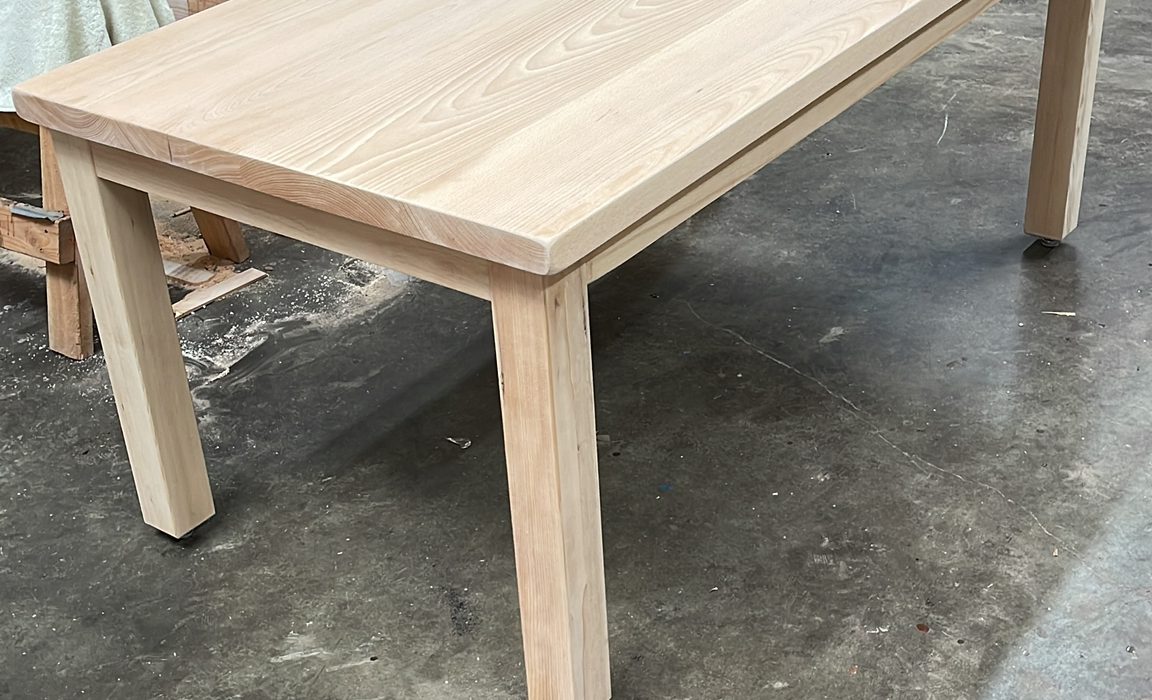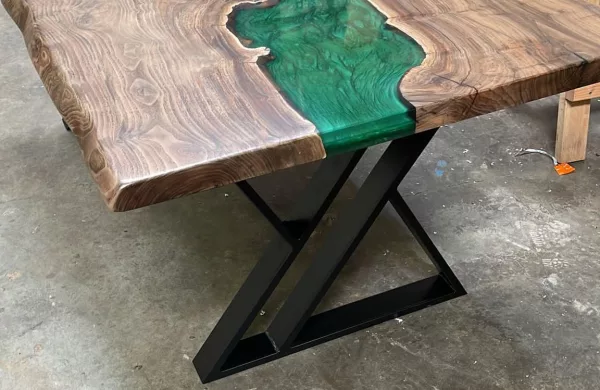
In the quest for sustainable living and eco-friendly interior design practices, the integration of eco-friendly wood elements plays a pivotal role. This text explores various aspects of sustainable interior design, focusing on eco-friendly wood elements, including sustainable wood certification, carbon footprint, benefits, biophilic design, FSC-certified wood, eco-conscious finishes, design principles, sourcing, reclaimed wood applications, and furniture options.
Introduction
Sustainable interior design not only promotes environmental responsibility but also contributes to creating healthy and eco-friendly living spaces. In this introduction, we’ll highlight the significance of incorporating eco-friendly wood elements in interior design to achieve sustainable living goals.
Sustainable Wood Certification
Certification programs for sustainable wood play a crucial role in evaluating and promoting environmentally responsible forestry practices. We’ll delve into different certification programs and their criteria for assessing the environmental impact of wood products.
Carbon Footprint of Wood Products
Wood products have a carbon footprint associated with their lifecycle, including manufacturing, transportation, and disposal. We’ll analyze the carbon footprint of wood products, highlighting the importance of considering environmental impact throughout the product lifecycle.
Benefits of Sustainable Wood
Using sustainable wood offers numerous benefits, ranging from reduced environmental impact to carbon sequestration and health benefits. We’ll explore the advantages of incorporating sustainable wood into interior design projects, promoting both environmental and human well-being.
Biophilic Design with Wood Elements
Biophilic design principles emphasize the connection between humans and nature, promoting well-being and productivity. We’ll discuss strategies for incorporating natural wood elements into interior spaces to enhance biophilic design and foster a sense of connection with the natural environment.
Designing with FSC-Certified Wood
The Forest Stewardship Council (FSC) certification ensures responsible forestry practices and promotes sustainable wood sourcing. We’ll explore the importance of designing with FSC-certified wood and the benefits of supporting sustainable forestry initiatives.
Eco-Conscious Wood Finishes
Choosing environmentally friendly finishes and treatments for wood products is essential for minimizing indoor air pollution and environmental impact. We’ll present eco-conscious finishes such as low-VOC stains, natural oils, and water-based sealants, promoting healthier indoor environments.
Eco-Friendly Wood Design Principles
Designing eco-friendly interior spaces with wood elements involves considerations such as material selection, energy efficiency, and indoor air quality. We’ll explain key design principles for creating sustainable and environmentally friendly living spaces with wood.
Eco-Friendly Wood Sourcing
Responsible sourcing of wood from sustainably managed forests and reclaimed sources is essential for minimizing environmental impact. We’ll provide tips and guidelines for sourcing wood responsibly, supporting sustainable forestry practices, and reducing deforestation.
Reclaimed Wood Applications
Reclaimed wood offers a unique opportunity to incorporate history and character into interior design projects. We’ll showcase creative applications for reclaimed wood, including flooring, furniture, and architectural features, promoting sustainability and resource conservation.
Sustainable Wood Furniture Options
Sustainable wood furniture options include pieces made from certified wood, reclaimed materials, and eco-friendly manufacturing processes. We’ll provide an overview of sustainable wood furniture options, empowering individuals to make environmentally conscious choices for their interior spaces.
Conclusion
In conclusion, embracing eco-friendly wood elements in interior design practices is essential for achieving sustainability goals and promoting environmental responsibility. By incorporating sustainable wood certification, biophilic design principles, and eco-conscious finishes, individuals can create healthier, more environmentally friendly living spaces that enhance well-being and connection with nature.








